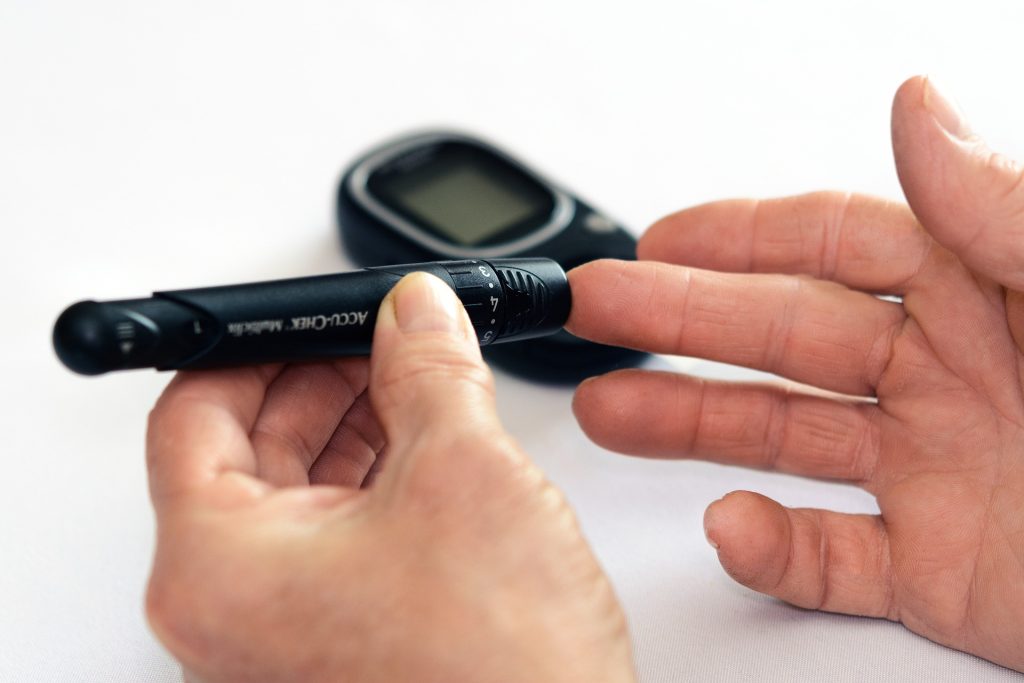Noninvasive blood glucose monitoring is a technology that would allow patients to measure their blood glucose levels without the need for invasive procedures such as finger pricks or continuous glucose monitoring (CGM). This technology is especially important for patients with diabetes, as they need to regularly monitor their blood glucose levels to manage their condition.
There are currently two main methods of noninvasive blood glucose monitoring. The first method involves measuring glucose levels from bodily fluids such as urine or tears. The second method involves spectroscopy, which uses optical sensors to measure how light reflects back from vascular tissue or interstitial fluid.
Although noninvasive blood glucose monitoring has been studied for over 40 years, there are still many challenges that must be overcome before this technology can be widely adopted. One of the biggest challenges is isolating the glucose signal from other similarly structured chemicals in the body. The glucose signal is very small, which makes it difficult to separate from other substances that have similar molecular structures.
Another challenge is dealing with external and environmental factors that can affect the accuracy of noninvasive measurements. For example, movement and poor skin contact with the sensor can cause inaccurate readings. Stray light and changes in the amount of water in the body can also affect the signals being measured.
Despite these challenges, researchers and companies continue to work on developing noninvasive blood glucose monitoring technology. Some companies are taking a different approach to noninvasive glucose monitoring by using radio frequencies instead of optical sensors. These companies claim that radio frequencies can penetrate deeper into the body and provide more accurate glucose readings.
In addition to technical challenges, there are also regulatory hurdles that must be overcome before noninvasive blood glucose monitoring can be approved for use. The U.S. Food and Drug Administration (FDA) has strict guidelines for medical devices, and companies must demonstrate that their devices are safe and effective before they can be approved for use.
Even if noninvasive blood glucose monitoring technology is approved, it may not completely replace traditional finger prick tests and CGM devices. Some experts believe that noninvasive glucose monitoring technology may be better suited for monitoring glucose levels in between traditional measurements, rather than replacing them altogether.
Despite the challenges, the potential benefits of noninvasive blood glucose monitoring are significant. Patients with diabetes would no longer need to undergo painful and invasive procedures to monitor their blood glucose levels. This technology could also make it easier for doctors to remotely monitor patients and expand accessibility for patients living in rural areas.
In conclusion, noninvasive blood glucose monitoring is an exciting technology that has the potential to revolutionize diabetes treatment. However, there are still many challenges that must be overcome before this technology can be widely adopted. Researchers and companies are continuing to work on developing and improving noninvasive blood glucose monitoring technology, and we can expect to see more progress in this area in the coming years.
